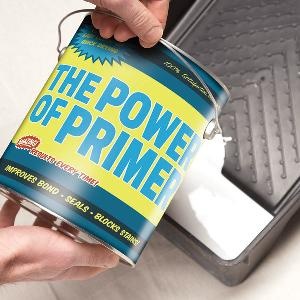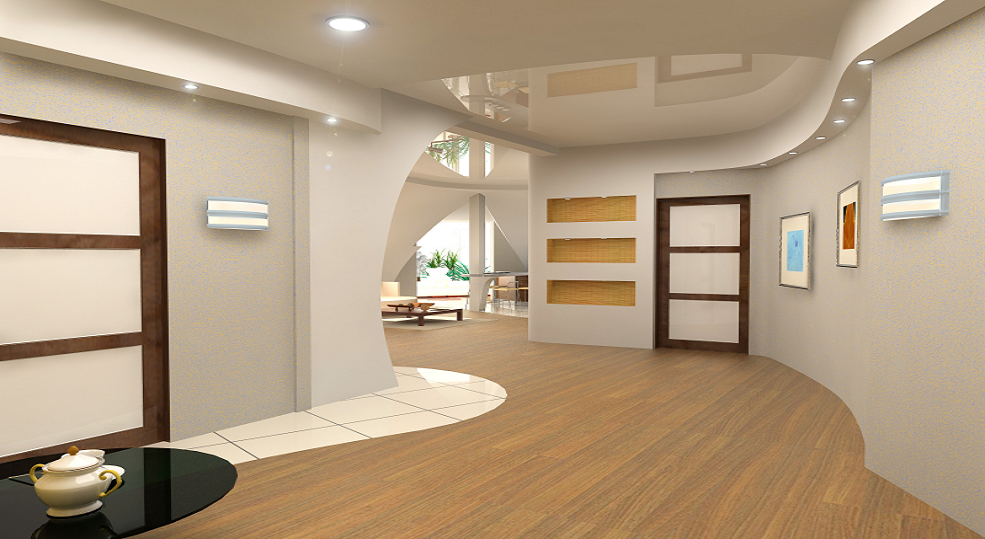What is the Purpose of Primers?
If you have ever been into a paint store you probably heard something about primers. Whether you were asking about how to paint something or reading informational pamphlets, you learned that primers are important. When talking to clients, I realize that “normal” people don’t know the exact definition of primers. This article will help correct that.
What does a primer do?
Prepares a substrate to accept a top coat.
This is a short but vague answer. A better answer is extrapolated when another question is asked.
What do you need the primer to do?
Answering this question will better define for what primers are used. There are many different types of primers, each having a different purpose. Here are some common applications for primers.
- Promoting adhesion – This is important when painting hard, glossy surfaces like glass, plastic, metal, or porcelain. If you painted directly on these surfaces, the paint would scrape off. Bonding primers make these surfaces paintable.
- Sealing stains – Painting over water, smoke or oil stains requires priming to prevent the stains from bleeding through the paint.
- Sealing wood – In order to prevent tannin and knots to bleed through paint, you must prime raw wood.
- Changing colors – When making drastic color changes, priming can save a coat or two of paint.
- Smoothing substrates – Extremely rough and porous surfaces, like cinder blocks, are primed with a very thick coating so that the paint has an even surface.
- Equalizing porosity – Primers are used to create a uniform porosity so that paints will have a uniform finish. An example of this new drywall. The drywall, tape, and finishing compound all have different porosity and require priming if using a non-flat paint.
- Preventing/Re-mediating rust – There are primers that prevent rust on ferrous metals and others that reform rust into an inert metal.
- Industrial applications – There are numerous specialty primers used for industrial painting applications. These uses are too specific and technical for the purposes of this article. If you have questions using these primers, you need to read the manufacturer specifications.
This concludes primers 101. If you have more questions, email us using our contact form.
President of GreenWave Solutions, Atlanta’s painting company and house painters. GreenWave Solutions offers the best painter services in Alpharetta, Atlanta, Dunwoody, Sandy Springs, Roswell, Brookhaven, Duluth, Grant Park, Inman Park, Buckhead, Midtown, and many more! We offer house painting in Johns Creek.
We are the best painters in Atlanta.





